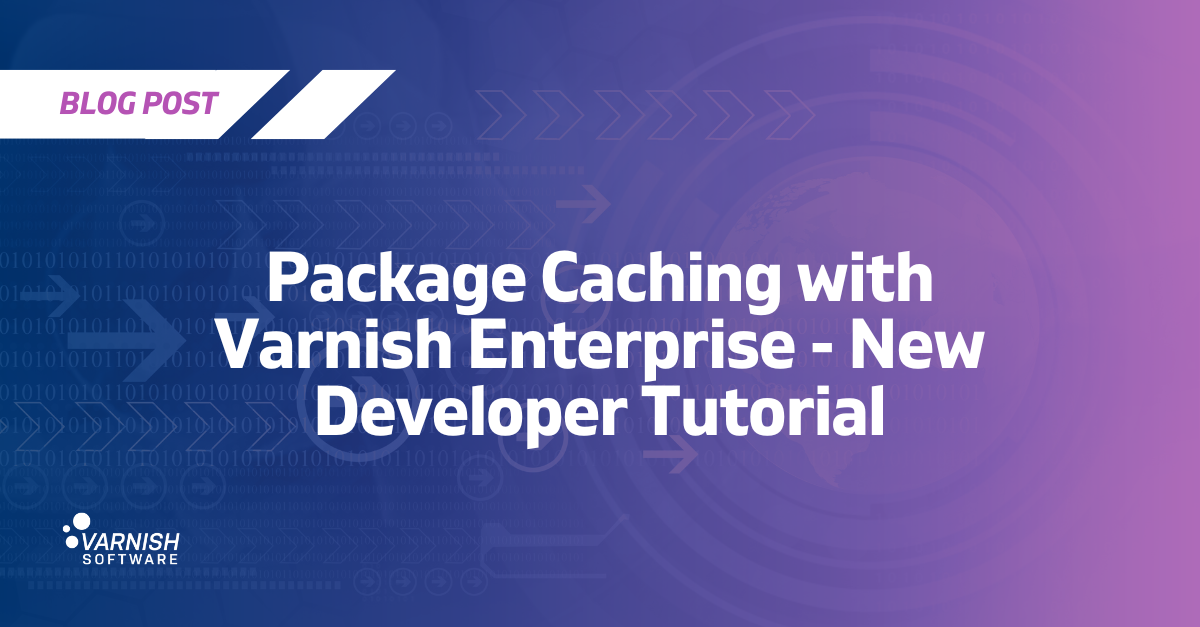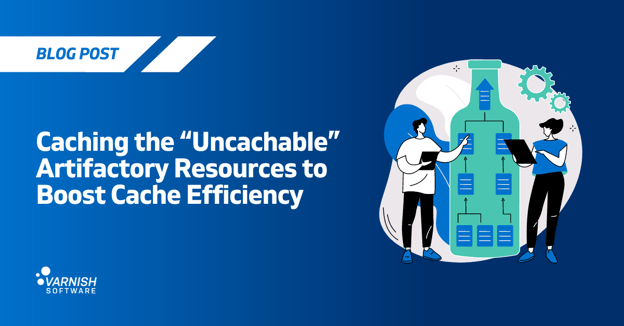Just last month, I released my first-ever webinar on Package Caching for Debian, NPM, Go, and Docker. This time, I’m excited to share a brand new tutorial on our Developer Portal, now focused on caching RPM, Python, and PHP packages.
In the webinar, I summed up Varnish’s capabilities pretty simply: “If it’s delivered over HTTP, Varnish can help make it faster.” Most people know Varnish as a powerful reverse proxy for websites and video streams, but we're constantly finding new ways it can help teams move faster, be more efficient, and reduce costs.
Caching package repositories has become one of the most common—and impactful—ways our customers are using Varnish today. We've seen a surge in interest around this use case, and we’re actively working to support even more ecosystems.
So why does caching packages matter so much? That’s exactly what I want to explore in this blog.
Why Cache Package Repositories?
Enterprise development environments are fast-paced and interconnected. Teams rely on package managers to pull down libraries, dependencies, and updates, often many times a day. However, repeated downloads from upstream sources come with real-world downsides:
- Slow builds: Latency in retrieving dependencies can slow down your CI/CD pipelines, making iterative development harder.
- Network costs: Pulling from the internet, especially large or frequent downloads, can add up quickly in cloud environments.
- Reliability issues: External repositories can go down or become rate-limited, interrupting your builds when you need them most.
By introducing Varnish as a caching layer between your systems and the package repositories, you gain immediate, tangible benefits:
- Faster package retrieval: Cached responses are served in milliseconds, significantly improving build times.
- Reduced bandwidth usage: No need to repeatedly fetch the same package versions from their sources, reducing cloud costs or fees from services like Artifactory.
- Improved availability: If the upstream repo is offline or throttled, your cache keeps builds running.
- Support for private repos: With proper configuration, Varnish can cache authenticated requests too—great for internal registries or private repositories.

I cover many of these points in detail in the webinar. If you haven’t watched it yet, I highly recommend checking it out. I walk through caching public repositories (Debian, NPM, and Go), as well as private Docker registries that require authentication. I also explore deployments across different environments like AWS and DigitalOcean, highlighting the benefits for both developers and businesses along the way.
This new tutorial on our Developer Portal builds on that foundation, making it even easier for teams to deploy Varnish as a package cache. With three more ecosystems now covered - RPM, Python, and PHP, we're excited to support more use cases and help more customers simplify and accelerate their software delivery pipelines.
One of the best parts? The VCL logic and configuration steps are written to be universal, it’s quick to implement and start seeing results. If there's a package type you’d like to cache that we haven’t documented yet, just reach out to your Account Manager, we’d love to hear your feedback and help you get started.
/VS-logo-2020-197x60.png?width=136&height=60&name=VS-logo-2020-197x60.png)




